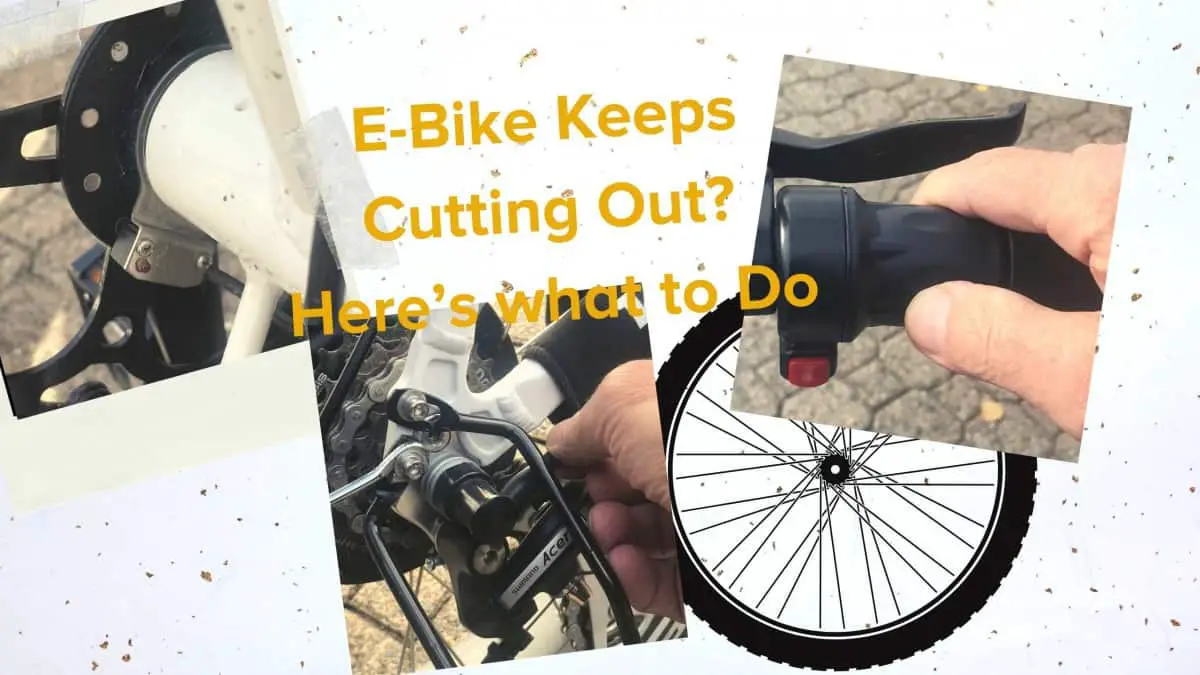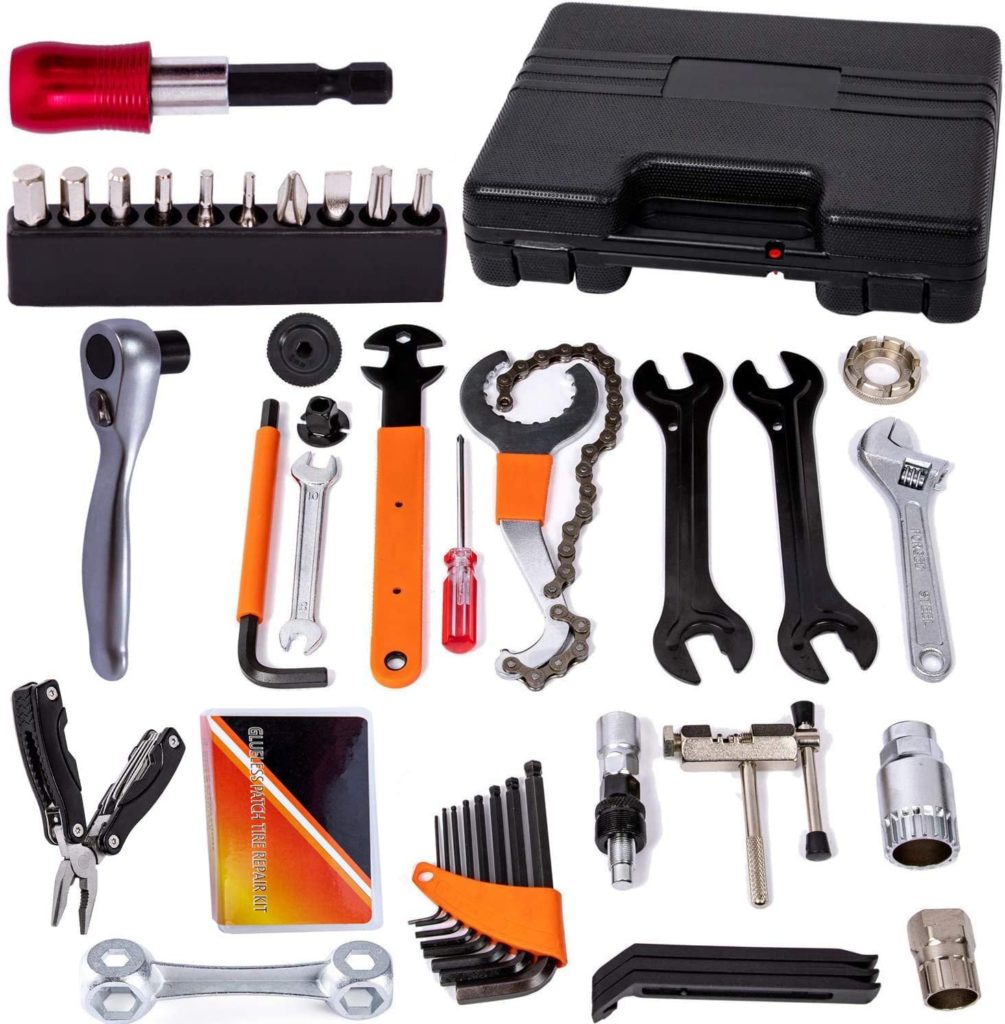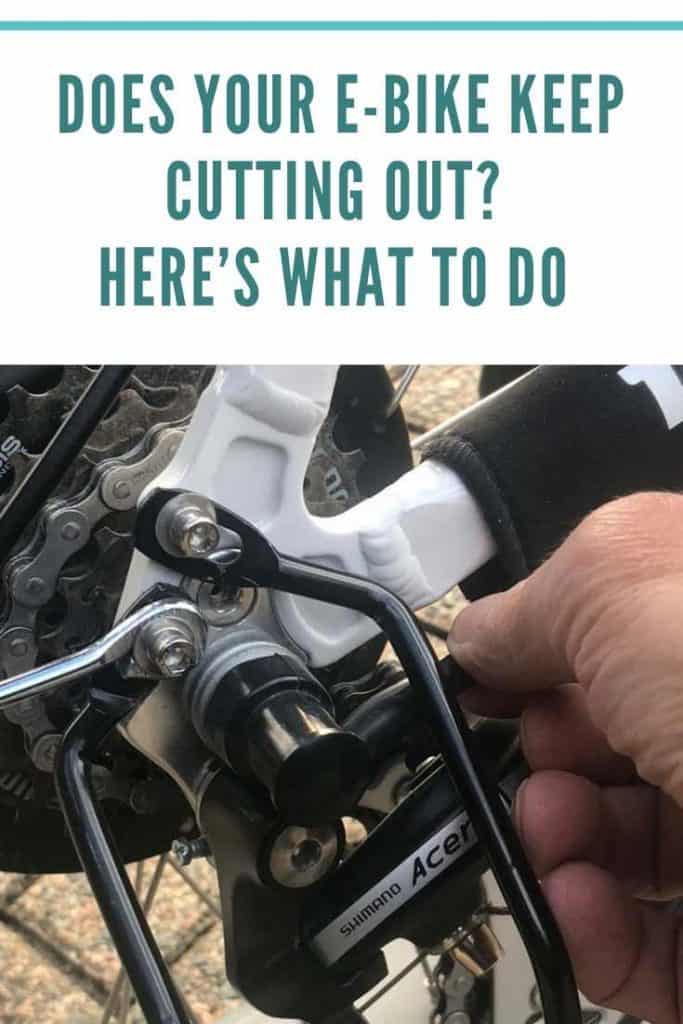Electric bikes can be quite finicky, especially if you’re a beginner. An electric bike only works if all the components are functioning correctly, which means there is no easy and quick way to troubleshoot major problems. One of the most common e-bike problems is the power cutting out. Many times, the problem is a loose connection or corrosion. Disconnecting the contacts and cleaning them and reconnecting can often solve the problem.
If this doesn’t work then there is a bigger problem with one of the components being faulty on your bike.
The most common components that might malfunction to cause power cut-outs include the electrical system, motor, controller, battery, charger, connections, sensors, and the ignition system.
Power cut-outs can be not only annoying but also dangerous because they can quickly get you into an accident especially if you commute in traffic. In this article, we discuss some of the possible reasons why your e-bike keeps cutting out, and what you can do about it. Read on.
If you haven't already got a repair kit, we'd recommend getting your tools together like from the kit below – have a look!
Reasons Your E-Bike Keeps Cutting Out, and What to Do About It
Could be the Battery Management System
A failing battery is one of the most common reasons why e-bikes disconnect intermittently. If your battery pack is failing under load, it could be that your battery management system is shutting it off to prevent your pack from overeating. The battery management system typically cuts power off if the battery is drained too quickly below certain safe levels.
A massive voltage drop often means that one or more cells in your pack have gone bad. The malfunction in the cells might be a result of aging, improper battery management, too many charge cycles, or a manufacturing defect. If it’s a new bike that you’re just getting started with, power cut out could be that the pack has been sized, engineered or manufactured without enough high current capacity to support heavy loads.
Cells often fail when under severe loads, so you could try to reduce the load on your battery by dropping the assist level when going up hills. Lower-quality batteries, typically found on cheaper bikes, are often made by recycling batteries from other older gadgets such as laptops. If this is the case with your model, then your battery pack might have arrived already pre-aged.
To find out if your battery is to blame, try using it on a good bike that has the same setup as yours. If the battery is to blame, the same problem should persist. If you’ve had your bike for a few years and you’ve ridden it nearly every day, it may just be the natural end of life for the pack. How long do most batteries last?
Buying a new pack from the manufacturer might solve the problem. If your bike is not as powerful and you’re going up a steep hill, you may still have to pedal a little harder and turn down the assist level.
Failure of the Sensor
A failing sensor is another common cause of the power cut out and many other e-bike problems. The battery might be alright, fully charged with indicators showing full capacity; however, the throttle has no effect, nor does the pedal assist.
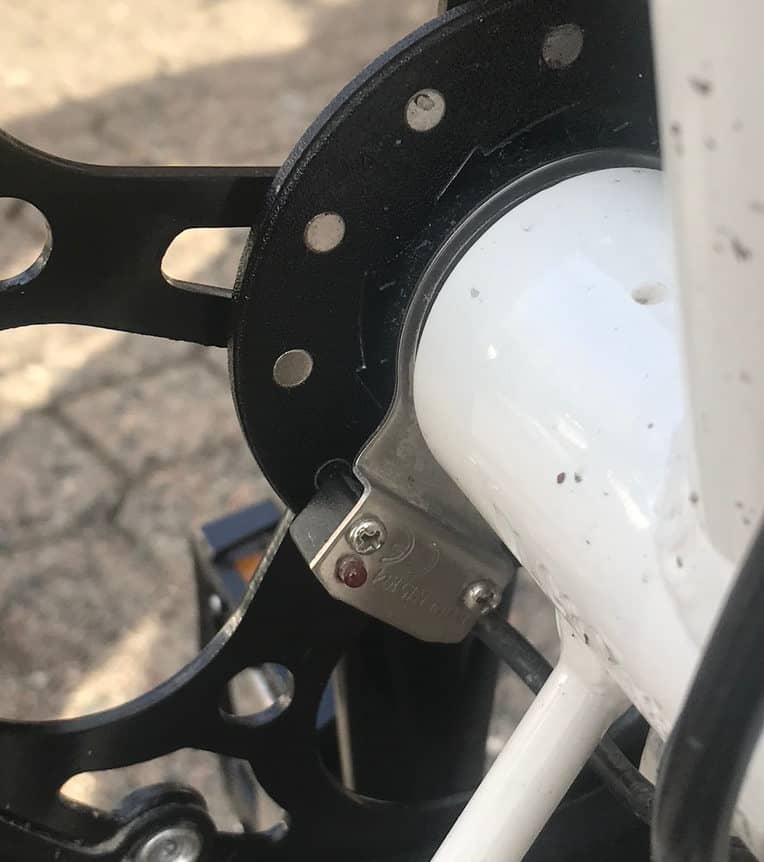
Check your brake motor inhibitor
Check that your brake motor inhibitor (cut off wires) are not engaged because most bikes have a cut-off switch that shuts of the motor when the brakes are activated. That is a safety design that also protects the motor from damage.
To find out if sensors are the problem, unplug them and see if your motor regains power. If you have a Mid-drive motor, it may come with an additional cut-off switch this will protect the drivetrain from damage that could happen by shifting gears under full power. If so, then the remedy could be replacing or adjusting the sensor, shifter, or lever. If the motor doesn’t restore power, then the sensors are probably not to blame.
Check Your Controller
The controller is the ‘processor’ in your e-bike system, and it’s another common reason why the bike might cut out power. An e-bike controller takes input signals from the controls and sensors, this signal is analyzed and then the controller decides how to best transfer the energy coming from your battery to the motor.
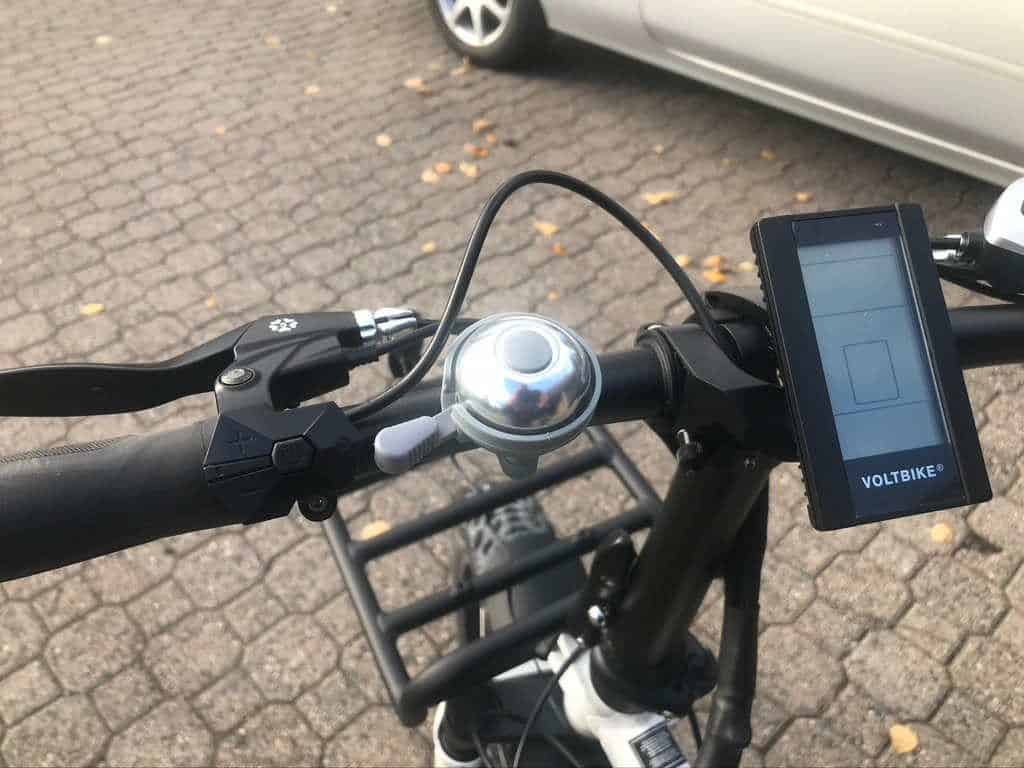
Given the huge and yet delicate role the controller plays, any technical hitch might throw everything out of balance, including power transfer and distribution. Take a look at your controller for any wires that may be disconnected, loose or not connected properly. If you see any cables are disconnected, reconnect them back to the proper slot. The wires are color-coded and should be matched with the same color as the wire with the same color on the outlet.
If the controller doesn’t work at all, check to see if the power switch is turned on. Also, be sure to check the fuse or circuit breaker. If your e-bike comes with a fuse, you might want to remove it and hold it against a source of light to see if it’s burned out. For an e-bike that has a circuit breaker, try pushing the breaker to reset the circuit breaker. But keep an eye out for problem because a circuit breaker is designed to protect the system and there may be an ongoing problem that will seriously damage components.
Inspect your control by using your three senses sight, touch, and smell. Check for melted or burned wires, wire connectors, or electrical components. Also keep an eye out for disconnected, damaged, or loose wire connectors. Use your nose and eyes to check for components that smell or look burnt. This indicates overheating and very likely your problem.
Check the Battery Prongs
Sometimes the reason your bike is cutting out could be as simple as misbehaving battery prongs. If the prongs are not lined up correctly or are not pushed all the way in, they might occasionally disconnect when you hit the bumps or a rough patch. You can quickly fix this by bending the prongs slightly to realign them.

If your bike just cut out the power entirely or is not lighting back up even after charging the battery, it could be that the battery charger is malfunctioned. Plug the battery charger into the wall and then into the battery charger port. If there is an illuminated indicator light on the battery charger, then the charger is ok.
Check the Throttle
Many e-bikes come with a throttle control that can get stuck when pulled back. This can happen with an overused throttle that does not go back to the off position on its own.
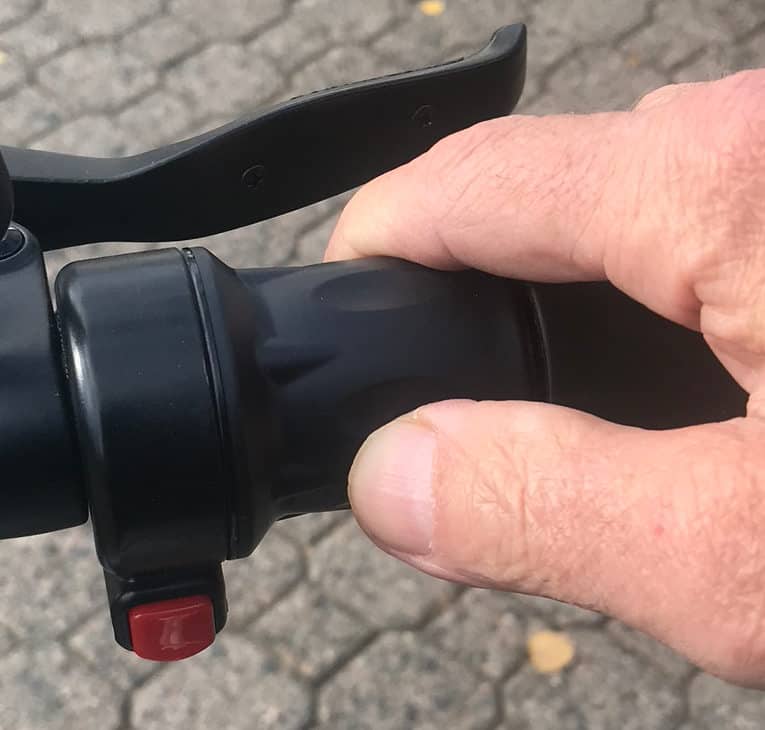
If you do this too often, the throttle will eventually damage or loosen, and when this happens, you will occasionally experience power cut-outs. The best way to use the twist throttle is to pull it back, and once you’re done, release it back slowly into its resting position.
If your throttle is feeling loose or occasionally missing out strokes, you can simply replace it. But first, you may have to do a test to ascertain that your throttle is the real culprit. The technician can first test if the throttle is receiving steady power before concluding on the need to replace it.
Inspect Motor Connection
As earlier mentioned, loose wire connections are common reasons why you might experience power cut-outs on your e-bike. The wires that connect to the rear hub motor often become loose, frayed, or damaged in some way. If the wires are loose, you might have to replace the loose or damaged sections.
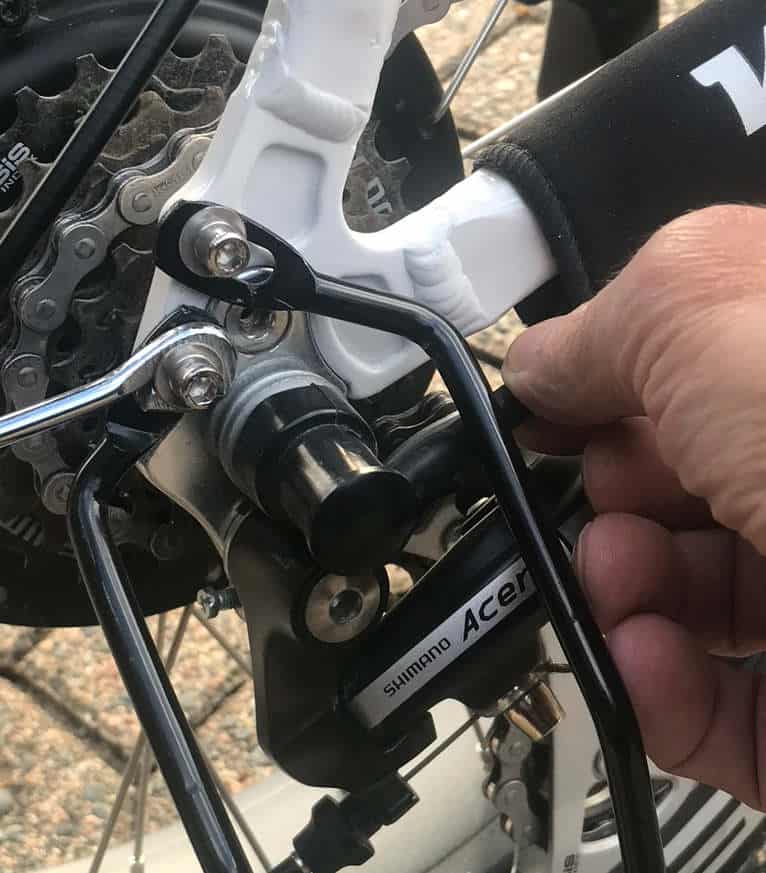
Look out for any melted or burned wires connected to the rear hub motor. Melted or burned wires are an indication of overheating. If the insulation on the copper coil wires gets melted due to overheating, they might occasionally short circuit causing power cut off. If the coils in the motor keep overheating, you might have to replace the motor to prevent damaging the controller.
Check the power transmission system for any missing parts. Worn-out, missing, or damaged parts might cause problems in power transmission resulting in the interruptions of power flow.
Check the Pedal Assist
If you have issues with the bike pulsating or experiencing intermittent power cut out, you should check out the power assist system. Different e-bike models come with different pedal assist systems. Some are built into the bottom bracket others are built around the front sprocket chainring.
If you recently made a mechanical adjustment to the wheels, sprockets, pedals, derailleurs, and so forth, it could be the reason why you’re experiencing intermittent power supply. Another problem that can arise is with the ring of magnets on the front sprocket. The sensors can be out of alignment from being knocked around or simple dirty.
Adjust the pedal-assist magnet position does not require special tools. A flathead screwdriver can be used to push the disc nearer to the sensors. If this doesn’t work and you can’t figure out if your pedal-assist system is faulty it may be best to bring your e-bike to an electric bike shop near you and let them remove and replace the faulty parts.
Conclusion
E-bikes are not much more complicated than any other standard bike out there. The only difference is a few more electrical components that work together to make riding easier and more convenient. However, troubleshooting things like power cut out requires a broader look at many different components.
The power cut out might be caused by something as complicated as a malfunctioned controller or as simple as a frayed connector. If the above-suggested troubleshooting ideas don’t seem to solve your problem, consult your local e-bike repair shop for further assistance.
I some areas you may not have an E-bike repair shop close by so getting familiar with your bike and learning how to fix things yourself is a good idea. Here is our Electric Bike Maintenance Guide to help you learn how to stay on top of maintaining your E-bike.
Join a few Facebook groups with your particular model of bike. They can be very helpful in figuring out what is wrong with your E-bike. Chances are someone in the group who has had the same problem and most likely has a fix.
References: Electric Bike City


